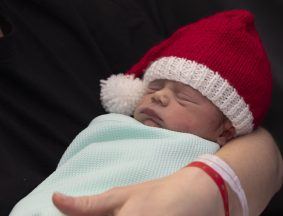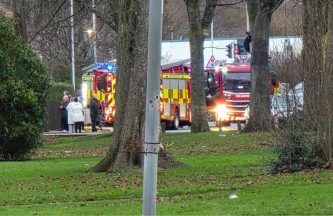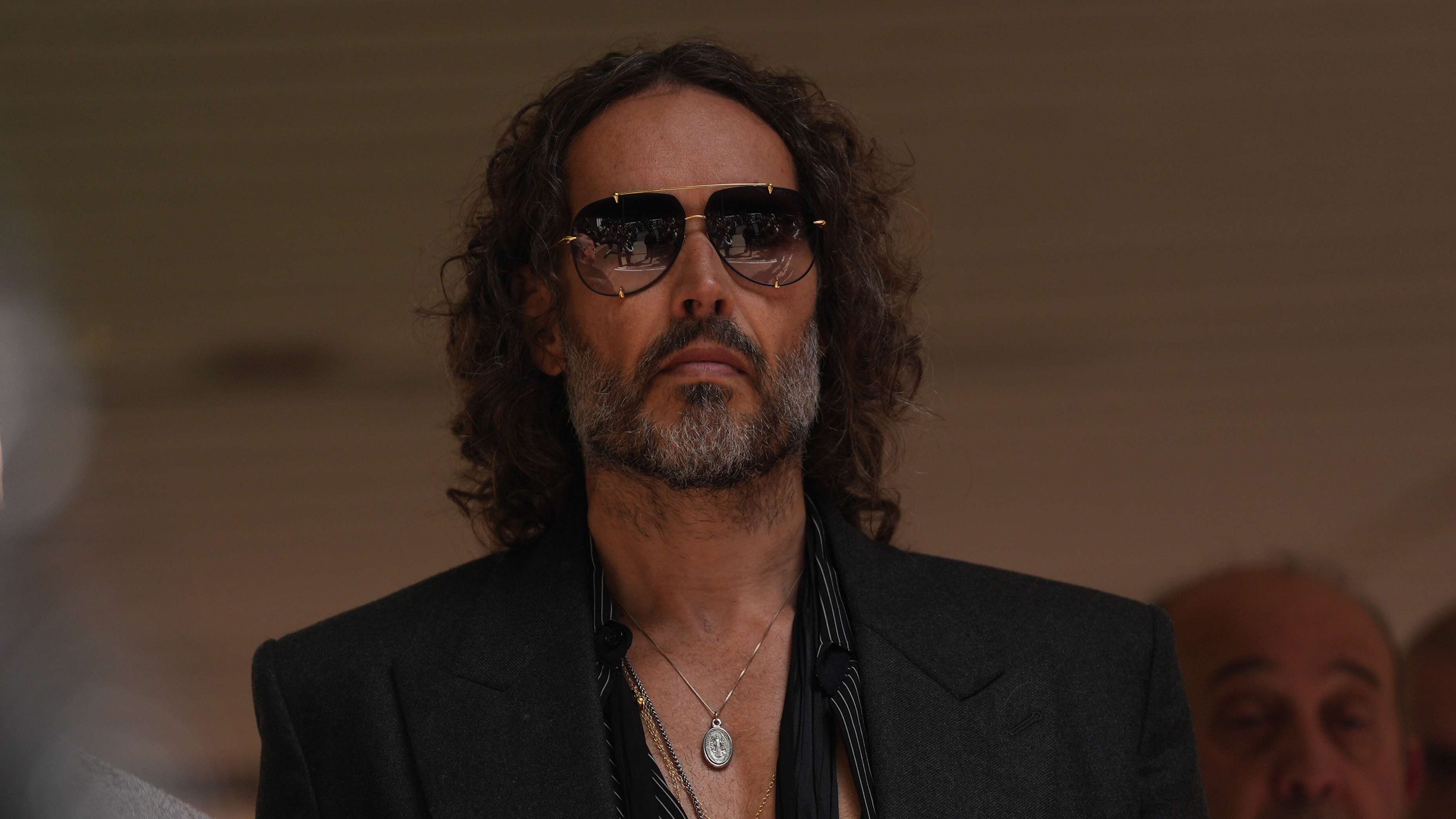The Queen’s coffin is set to travel from Buckingham Palace to Westminster Hall where the late monarch will lie in state until her funeral.
It was flown to London from Edinburgh on Tuesday evening after lying in state at St Giles’ Cathedral.
A procession from Buckingham Palace to Westminster Hall will take place on Wednesday afternoon.
King Charles III and members of the Royal Family will walk behind the coffin before it reaches the parliamentary estate at 3pm.
Upon arrival, the coffin will rest on a raised platform, with members of the public able to pay their respects 24 hours a day from 5pm on Wednesday until 6.30am on Monday, the day of the Queen’s funeral.
Mourners are being told to expect long waits to enter Westminster Hall to see the coffin.
The queue is expected to stretch for several miles, starting at Southwark Park and reaching along the side of the River Thames, before crossing at Lambeth Bridge and concluding at Westminster.
As many as 750,000 people are anticipated to travel to the capital to pay their respects.
Travellers have been urged to plan ahead and to expect crowded transport services and congested stations due to the increased demand.
People began queueing to enter Westminster Hall on Monday, more than 48 hours before anyone will be allowed to enter to pay their respects.
Large crowds are expected and the Government has told those wishing to attend that they may be required to queue overnight.
Airport-style security and tight restrictions on what can be taken to Westminster Hall will be in place.
Who has lain in state at Westminster Hall?
Lying-in-state is a formal occasion in which a coffin is placed on view to allow the public to pay their respects to the dead before the funeral ceremony.
The ceremony in the UK is given to the Sovereign as Head of State, the current or past Queen Consort, and sometimes to former prime ministers.
Among the former monarchs to have lain in state in the hall include King Edward VII in 1910, King George V in 1936, King George VI in 1952, and Mary of Teck – the Queen Consort – in 1953.
William Gladstone, who served as Prime Minister of the UK for four separate periods, lay in state in 1898 after dying from cancer, before he was buried in Westminster Abbey.
The hall became the designated place for lying in state at the end of the 1800s after Gladstone became the first to do so.
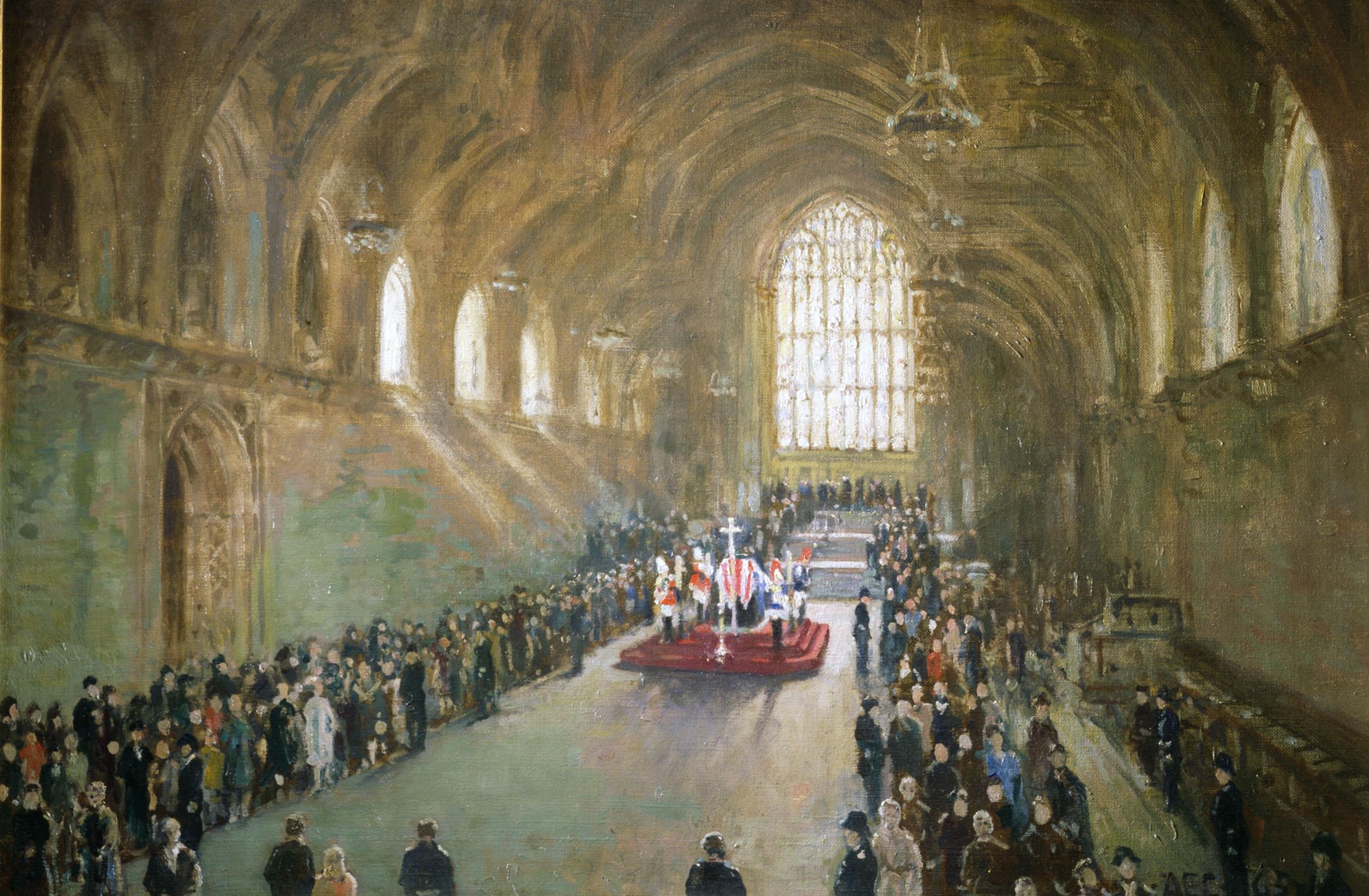 Website
WebsiteSir Winston Churchill, Prime Minister during the Second World War, was laid in state following his death in 1965.
More than 320,000 people are said to have passed by Churchill’s coffin.
A plaque was later placed in Westminster Hall to commemorate the ceremony.
The last time that there was a lying-in-state was for the Queen Mother in 2002.
Following her death on March 30 that year at the age of 101, queues stretched for miles to see her coffin in Westminster Hall.
She lay in state for three days, with around 200,000 estimated to have waited in line to pay their respects.
Follow STV News on WhatsApp
Scan the QR code on your mobile device for all the latest news from around the country


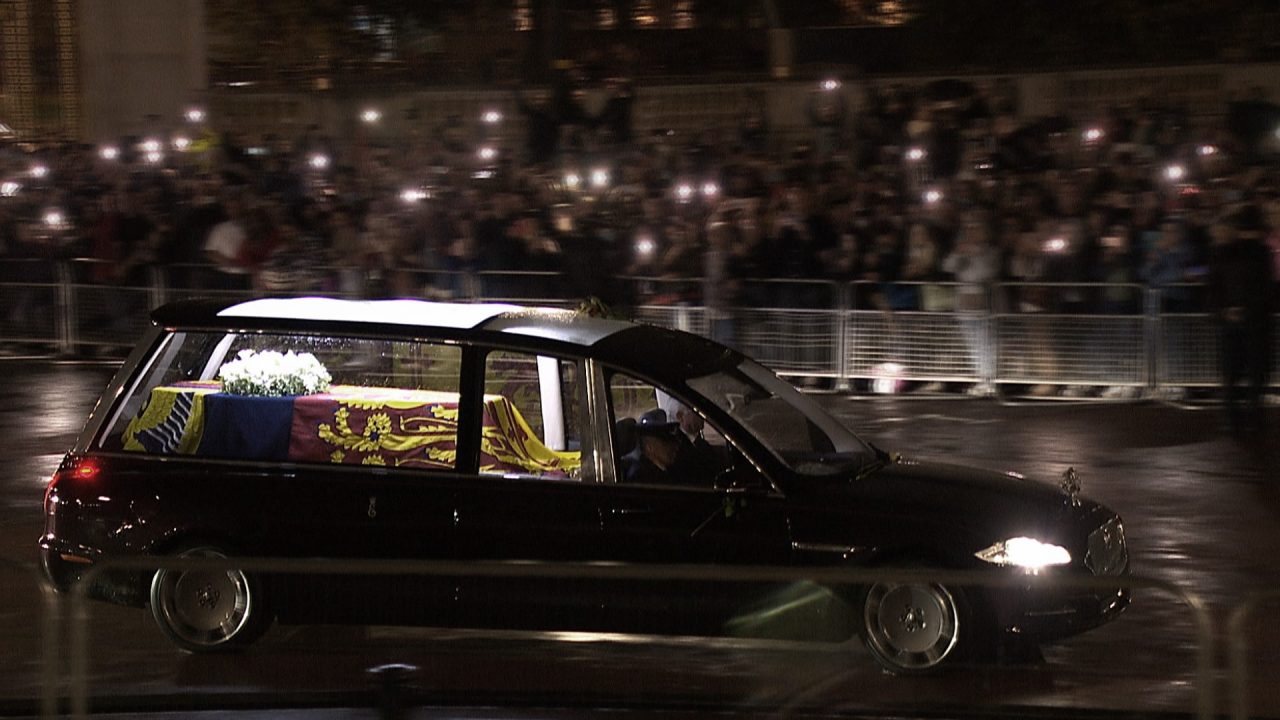 Pool
Pool





